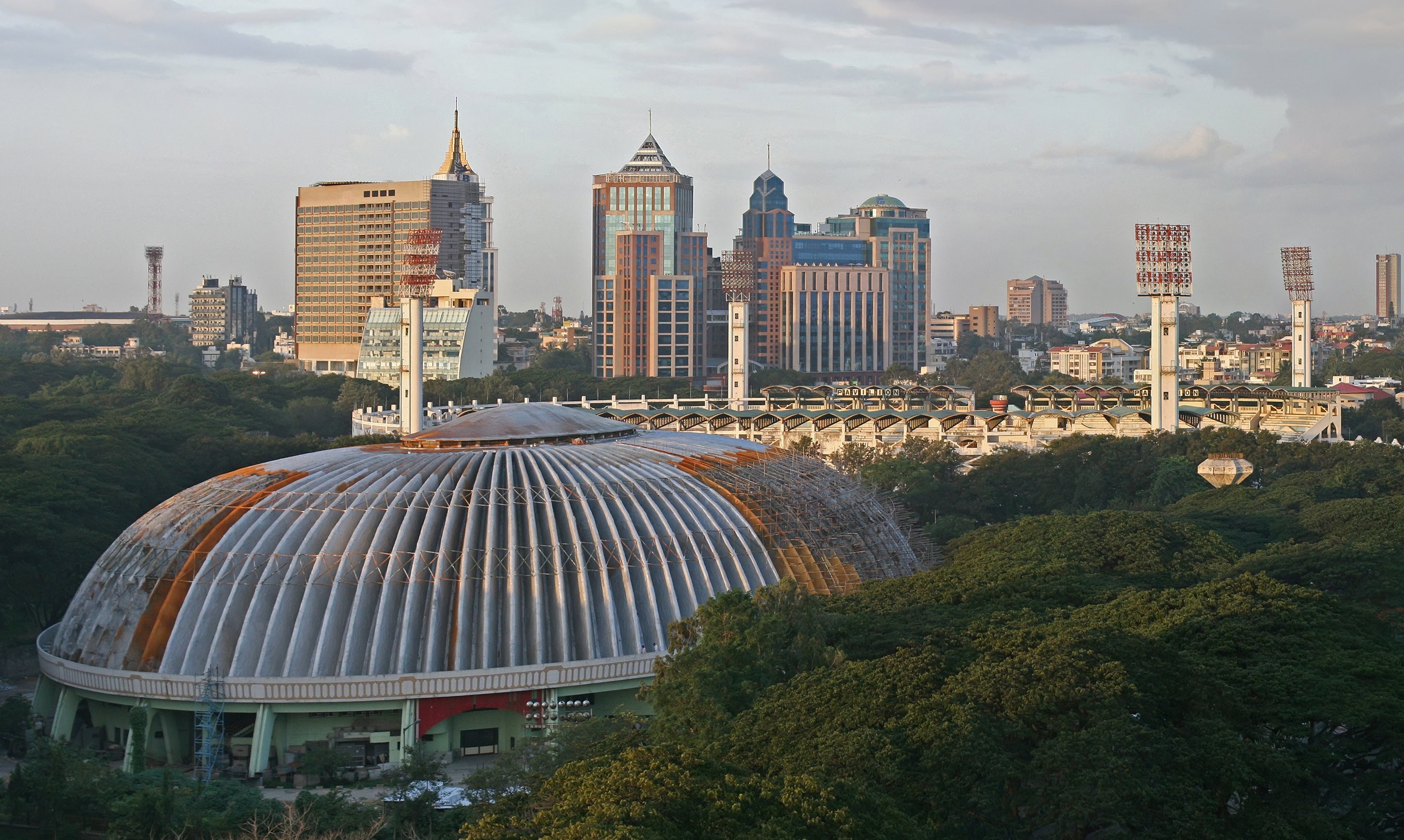Track2Realty investigates what makes Bangalore rental yields highest in the country.
 Ramakant Sachdeva was recently transferred to Bangalore by his IT firm. The bachelor who had been living in a rented accommodation in Noida did not bother much. He had it in mind that he has to pay the rent more or less the same as he used to pay in Noida. As a matter of fact, he rather enjoyed his Bangalore transfer thinking that it is an opportunity to see a new city. However, his house hunt in the new city gave him a financial shock.
Ramakant Sachdeva was recently transferred to Bangalore by his IT firm. The bachelor who had been living in a rented accommodation in Noida did not bother much. He had it in mind that he has to pay the rent more or less the same as he used to pay in Noida. As a matter of fact, he rather enjoyed his Bangalore transfer thinking that it is an opportunity to see a new city. However, his house hunt in the new city gave him a financial shock.
A man who was paying Rs. 12,000 as house rent for a 2BHK flat in Noida could not believe that he was asked to pay Rs. 35,000 for the same kind of apartment. An increase of 300 per cent in house rent threw his whole financial plans haywire.
“The cost of this flat is around Rs. 1 crore and they asked for Rs. 35000 as monthly rent. This is close to a rental yield of 3.5 per cent. I am not sure any other city in India is giving more than 2 per cent rental yield. This is unreasonable in a place like Sarjapur and the apartment is quite far away from the main road,” says the young IT professional.
Market analysts are not surprised. They are witness to the fact that Bangalore market has been defying the rental returns of other Indian metro cities for so many years now. They maintain that the absorption of office space is a true indicator of the rental yields of the given city.
As a matter of fact, the rental yield of 3.5% is on the lower side as per Bangalore standards. As per a report by Global Property Guide the rental yields in Bangalore are anywhere between 3.7 to 4.4 per cent. The report adds that this seemingly higher rental yields are nevertheless long way below the 2007 level where the yields had been in the range of 7.16 per cent to 9.92 per cent.
Trivita Roy Associate Director-Research & REIS, Jones Lang LaSalle India categorically says that if you compare it with other cities, the rents are far more affordable in Bangalore. “For similar projects if you go to any other city you will have to pay more. Also, from the owners’ standpoint since the prices are on lower side the rental returns are in the range of three to four percent.”
In Bangalore the absorption of office space has been more than 80 million square feet in the year 2015, which is way higher than other cities of India. It has been 50 million square feet in Gurgaon. In terms of the office space consumption per household Bangalore happens to be the only Indian city that is closer to the major global cities.
Ashish Puravankara, Managing Director of Puravakara Projects points out that in the last one decade the rental yields have taken a hit across the country, even touching one per cent in many places. The lower rental yields actually indicate tow things – either the capital values shooting up or the rentals not picking up at all. For me, the rental value represents the true nature of the housing demand.
“Somebody who has to live and cannot afford to buy a house will go for rental house. So, rental values are the true indicators of housing demand in the given market. The rental have grown at a steady rate but it is the pumping of money to buy a house in markets like Delhi or Mumbai that has led to rental returns shrinking up. In Bangalore it is higher because the capital values are more realistic,” says Puravankara.
In conclusion, there are strong economic fundamental behind the high rental yields of Bangalore that defy the average national rental yields. It may not be as high as some of the other global cities and may also not be at its peak today, yet the rental yields of Bangalore are more promising to any other key metro cities of India, including even the financial capital of Mumbai.





